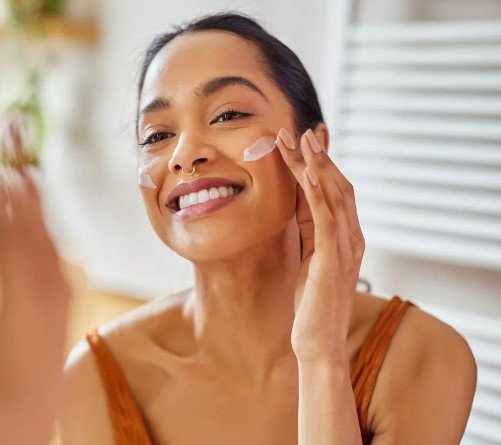Navigating Trade Shifts: Strategies for Small Beauty Brands to Succeed in the Skincare Market
Summary
- Focus on developing a strong online presence through social media and e-commerce platforms
- Provide personalized customer experiences and stand out through unique branding and messaging
- Stay informed about market trends and adapt quickly to changing consumer preferences
Introduction
In today's competitive skincare market, small beauty brands face numerous challenges when it comes to navigating trade shifts and maintaining growth. With the rise of e-commerce and social media, consumers have more options than ever before, making it crucial for brands to stand out and adapt to changing trends.
Developing a Strong Online Presence
One of the most important steps small beauty brands can take to navigate trade shifts is to develop a strong online presence. With the majority of consumers turning to the internet to research and purchase Skincare Products, having a user-friendly website and active social media accounts is essential.
Social Media Strategy
Utilizing social media platforms such as Instagram, Facebook, and TikTok can help small beauty brands reach a wider audience and engage with potential customers. By sharing visually appealing content, partnering with influencers, and running targeted ads, brands can increase brand awareness and drive sales.
E-Commerce Platforms
In addition to social media, small beauty brands can also benefit from selling products through e-commerce platforms such as Shopify, Amazon, or Etsy. These platforms provide a convenient way for consumers to purchase Skincare Products online, helping brands reach a larger customer base and increase sales.
Providing Personalized Customer Experiences
Another key strategy for small beauty brands to maintain growth in the skincare market is to provide personalized customer experiences. By focusing on building relationships with customers and addressing their individual needs, brands can stand out from larger competitors and foster brand loyalty.
Unique Branding and Messaging
Creating a unique brand identity and messaging can help small beauty brands differentiate themselves in a crowded market. By showcasing their values, story, and product benefits, brands can connect with consumers on a deeper level and build trust in their products.
Customer Feedback and Engagement
Listening to customer feedback and engaging with consumers through surveys, social media, and email marketing can also help small beauty brands tailor their products and services to meet customer needs. By staying responsive and transparent, brands can build a loyal customer base and increase customer retention.
Adapting to Market Trends
Lastly, small beauty brands must stay informed about market trends and be willing to adapt quickly to changing consumer preferences. By continuously monitoring industry developments and consumer behavior, brands can stay ahead of the competition and position themselves for long-term success.
Product Innovation
Introducing new and innovative Skincare Products can help small beauty brands attract new customers and retain existing ones. By staying on top of industry trends and consumer demands, brands can develop products that meet the needs of their target audience and set themselves apart from competitors.
Collaborations and Partnerships
Collaborating with other brands, influencers, or retailers can also help small beauty brands expand their reach and attract new customers. By forming strategic partnerships, brands can tap into new markets, gain credibility, and increase brand visibility.
Conclusion
In conclusion, small beauty brands can navigate trade shifts and maintain growth in the skincare market by focusing on developing a strong online presence, providing personalized customer experiences, and adapting to market trends. By staying proactive, innovative, and customer-centric, brands can overcome challenges and achieve long-term success in the competitive beauty industry.

Disclaimer: The content provided on this blog is for informational purposes only, reflecting the personal opinions and insights of the author(s) on the topics. The information provided should not be used for diagnosing or treating a health problem or disease, and those seeking personal medical advice should consult with a licensed physician. Always seek the advice of your doctor or other qualified health provider regarding a medical condition. Never disregard professional medical advice or delay in seeking it because of something you have read on this website. If you think you may have a medical emergency, call 911 or go to the nearest emergency room immediately. No physician-patient relationship is created by this web site or its use. No contributors to this web site make any representations, express or implied, with respect to the information provided herein or to its use. While we strive to share accurate and up-to-date information, we cannot guarantee the completeness, reliability, or accuracy of the content. The blog may also include links to external websites and resources for the convenience of our readers. Please note that linking to other sites does not imply endorsement of their content, practices, or services by us. Readers should use their discretion and judgment while exploring any external links and resources mentioned on this blog. Content in this blog is copyright protected, please do not repost or embed content without prior written permission.

